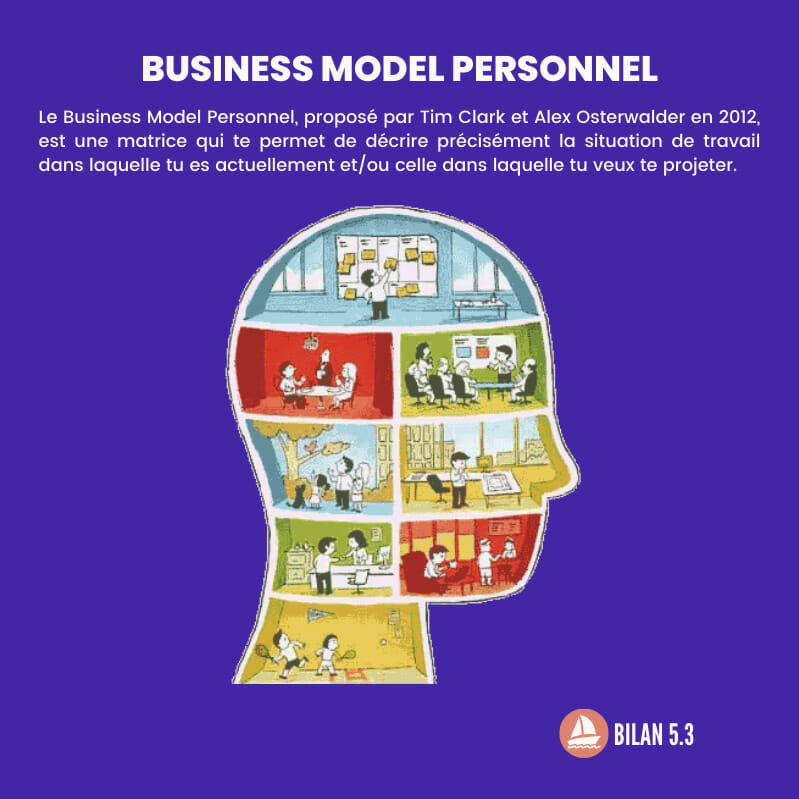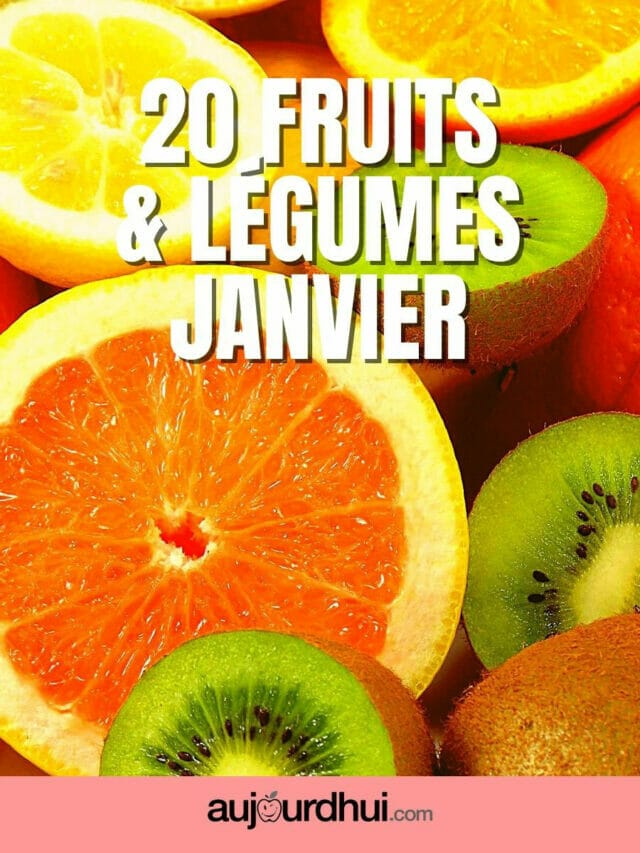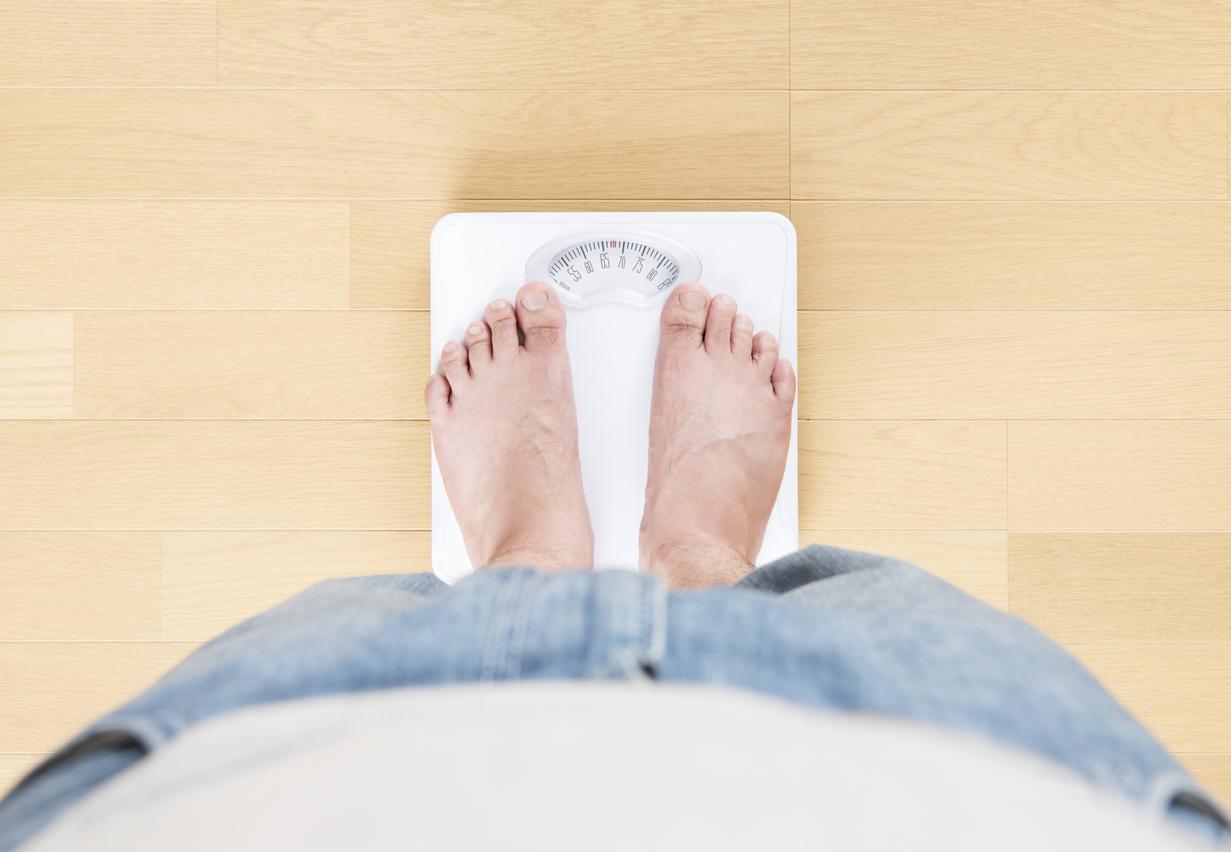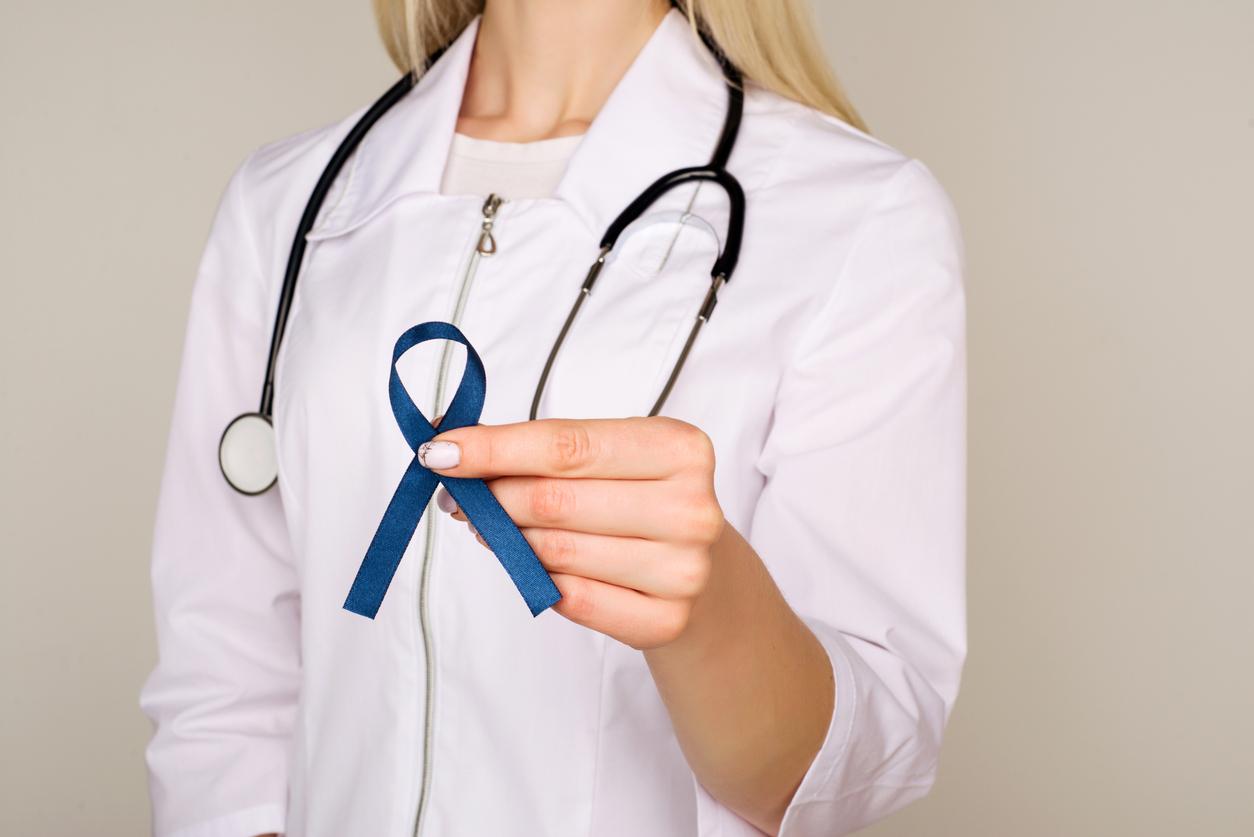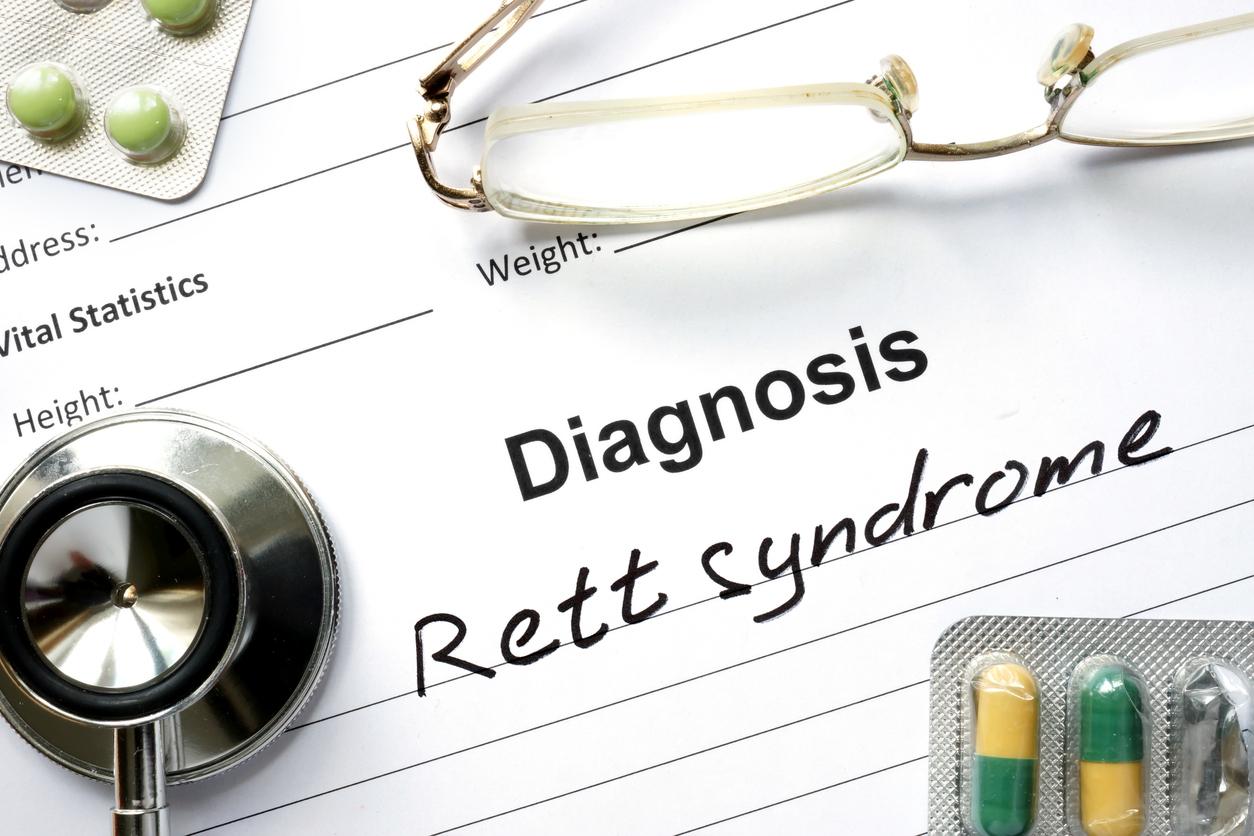
No grains, no spuds, no milk
Potatoes, bread, sugar and dairy are banned. Meat, fruit and fish fill the menu. Nutritionist and journalist Karine Hoenderdos immersed herself in the ‘primal dish’: eating like our distant ancestors. She was skeptical – but completely turned around.
Everything we eat in our lives affects our health. That is what makes food unique: there is nothing else that we give to our bodies on a daily basis that has such a direct effect on our health. As a nutritionist, I find that a fascinating idea. And so I’ve been looking for the perfect food for years – the holy grail for aging healthy and staying vital for a long time. This is badly needed, because not only are we massively overweight, but so are our children and grandchildren. Our arteries clog and our sugar levels rise to unprecedented heights.
diet gurus
Everyone is entitled to his personal deviation. Mine is that I find nothing more entertaining than reading the books of diet gurus. Atkins, Montignac, South Beach, Sonja Bakker: they are all in my closet. A year or two ago I also read the book ‘The Paleo Diet’ by the American scientist Dr. Loren Cordain. It is about the diet of the first human beings, how this food fits our genes and that this food can be beneficial for our health. Cordain tells enthusiastically and infectiously, so infectious that I suspected him of being yet another diet guru. I put Cordain in the bookcase and forgot about him.
Until I received an invitation from the Innovation Network, a think tank of the Ministry of Agriculture, Nature and Food Quality. Whether I, as a nutritionist, wanted to think along about the question: what is really healthy food? They ended up in the diet of the very first human beings. These distant ancestors were hunters and gatherers, living on what they could find in nature. That was quite a lot at the time: game, fish, vegetables, fruit, eggs, seaweed, insects and nuts. Prehistoric people ate surprisingly healthy, according to a literature study by the Innovation Network. Excavations show, for example, that prehistoric humans were not small or malnourished. Female skeletons of more than six feet have even been found!
Our current diet is completely different from that of prehistoric humans. Prehistoric people did not drink dairy (wild cows were not milked), did not eat grains (agriculture had not yet been invented) and certainly not industrially prepared products such as dried soup, liquorice, chips or frozen meals.
western food
During the meeting of the Innovation Network, the food of the primeval man was baptized ‘the Oerdis’. Afterwards I pulled Cordain’s book out of the shelf and made an appointment for an interview with Professor Frits Muskiet, a Groningen professor who is known as a passionate advocate of the Oerdis. Clinical chemist Muskiet turned out to be a walking primal encyclopedia of the entertaining kind. Years ago, he became fascinated by the contrast between Western food and the diet of the first humans. “Homo sapiens have only been on the planet for 160,000 years,” says Muskiet. “That seems like an eternity, but it’s just a wink in history.” Genetically, we are still almost identical to our ancestors, says Muskiet. It takes a very long time for genes to adapt to changing living conditions. For a long time, our diet was well adapted to the environment in which we lived. But a lot has changed in a relatively short time: our environment, our diet and how much we exercise. Muskiet: “Think of the rise of agriculture and livestock farming, about 10,000 years ago, and the industrial revolution, about 200 years ago. Our genes are not at all tuned to a lot of food and little exercise – and that too every day. Our way of living and eating is the main cause of diseases of affluence and health problems of our time. If we would take our predisposition into account more, we could live longer healthy.”
Mosquito summed up what is wrong with our current diet. “To start with, we eat the wrong fats, for example from dairy and snacks. We get too little fiber and often too many calories. And then our diet is also poor in a large number of vitamins and minerals, such as vitamin A, vitamin D, folic acid, zinc, iron and selenium.”
According to the professor, the current dietary recommendations do not match our genetic predisposition. Muskiet: “Too much bread and potatoes are recommended and too little meat, fish, healthy fats and vegetables and fruit.”
guinea pig
The Innovation Network decided to write a book about the Oerdis. As a nutritionist, it is my job to come up with practical daily menus. It took a while to come up with a menu that contained (almost) no grains, potatoes and dairy, but we still managed to put together tasty dishes. But to be honest, I didn’t believe that these daily menus – without whole-wheat sandwiches and glasses of milk – would contain enough healthy nutrients. Then when I calculated the nutritional value, I almost fell off my chair. What wonderful results! Almost all vitamins and minerals were well above the recommended amount. And also in terms of fats, the Oerdis was completely fine. The meals according to current dietary advice even look pale.
It was time for a test. I went to try the Oerdis myself. For two weeks I left grains, sugar and processed products. Instead, I ate a lot of fish, meat, eggs, nuts, fruits and vegetables, and a little dairy. Once again the Oerdis provided a surprise: I ate delicious during those weeks. I made well-filled salads, soups, omelettes, vegetable dishes, fish from the oven and grilled meat. And when I felt like a snack, I took fruit, nuts and olives. Admittedly, it does take a bit more time than spreading a sandwich, but you eat better because of it.
Criticism
In the meantime, the ‘Oerdis’ project has not gone unnoticed. Articles about the Oerdis appeared, the radio paid attention to it and a discussion broke out among nutritionists. There were enthusiastic reactions, but there was also criticism. This is logical, because the Oerdis sometimes completely contradicts current insights into healthy food. A diet with so little dairy, that must give you brittle bones, right? And if you don’t eat grains and potatoes at all, you’ll never get enough fiber and vitamins, right?
I now know that the fiber and vitamins are much better than the normal Dutch diet: the Oerdis scores better than the Wheel of Five. And indeed, the amount of calcium is quite low in the Oerdis, but not alarmingly low. The Nutrition Center recommends 1000 mg of calcium per day (1100 mg for the elderly), and a daily menu of the Oerdis contains an average of 900 mg. And the Dutch recommendation is already higher than in other parts of the world.
My colleague Angela Severs was one of the critics. She loves bread and potatoes and she just couldn’t believe that a diet without these basic products can also be healthy. Angela delved into the scientific literature and wrote a short note about the Oerdis. And she had to admit: the Oerdis has potential, the results so far are so positive that further research is certainly justified.
Healthy snack
Am I going to eat according to the Oerdis from now on? No, that’s going too far. I can’t imagine a life without bread, apple pie or spaghetti. I do take fish more often, a tasty salad or soup at lunch, and nuts and fruit as a healthy snack. I also eat ‘purer’, so less processed products, because they often contain a lot of salt, fat and sugar. In this way I pick up some healthy aspects of the Oerdis and that is already very healthy. Furthermore, I will continue to follow the Oerdis closely. Because who knows, maybe it’s the holy grail I’ve been looking for for so long!
Is the diet good for diabetics?
Few studies have been conducted with test subjects who eat according to the Oerdis, but the studies that are available show good results on blood pressure, cholesterol levels and blood sugar. These values all become healthier, even if the test subjects do not lose weight.
Hanno Pijl, internist at the Leiden University Medical Center thinks it is special. He sees the Oerdis as a way to better treat patients with type 2 diabetes. Losing weight is very important for diabetics because it reduces the risk of heart disease; weight loss makes blood pressure and cholesterol healthier. The blood sugar also improves by losing weight, making the diabetes easier to treat and sometimes medicines are no longer necessary. But for many diabetics, losing weight is even more difficult than for others. The Oerdis might be an ideal diet for these patients, because it also improves health if the weight remains the same. Hanno Pijl will soon start a study in which diabetes patients are prescribed the primal diet.
Eating for a day according to the Oerdis
Breakfast
- Fresh fruit sprinkled with chopped nuts.
- Freshly squeezed fruit juice.
- Tea.
Inbetween
- Fruit.
- (Herbal) tea, water or coffee.
Lunch
- Salad Niçoise with tomato, onion, green beans, tuna, olives and egg.
- Fruit.
Inbetween
- Glass of fresh pureed fruit (smoothie).
- Handful of unsalted nuts.
Dinner
- Grilled steak.
- Broccoli.
- Fresh raw vegetable salad of iceberg lettuce, cucumber, radish and fennel.
- Glass of wine.
- Portion of strawberries.
‘in the evening
- Fruit or raw vegetables.
- Handful of unsalted nuts.
- Coffee, (herbal) tea or water.
• InnovationNetwork’s book about the Oerdis will be published shortly. There is already a website: http://www.oerdis.nl/.
• ‘The Paleo Diet’ by Loren Cordain
is only published in English.
Sources):
- Plus Magazine



